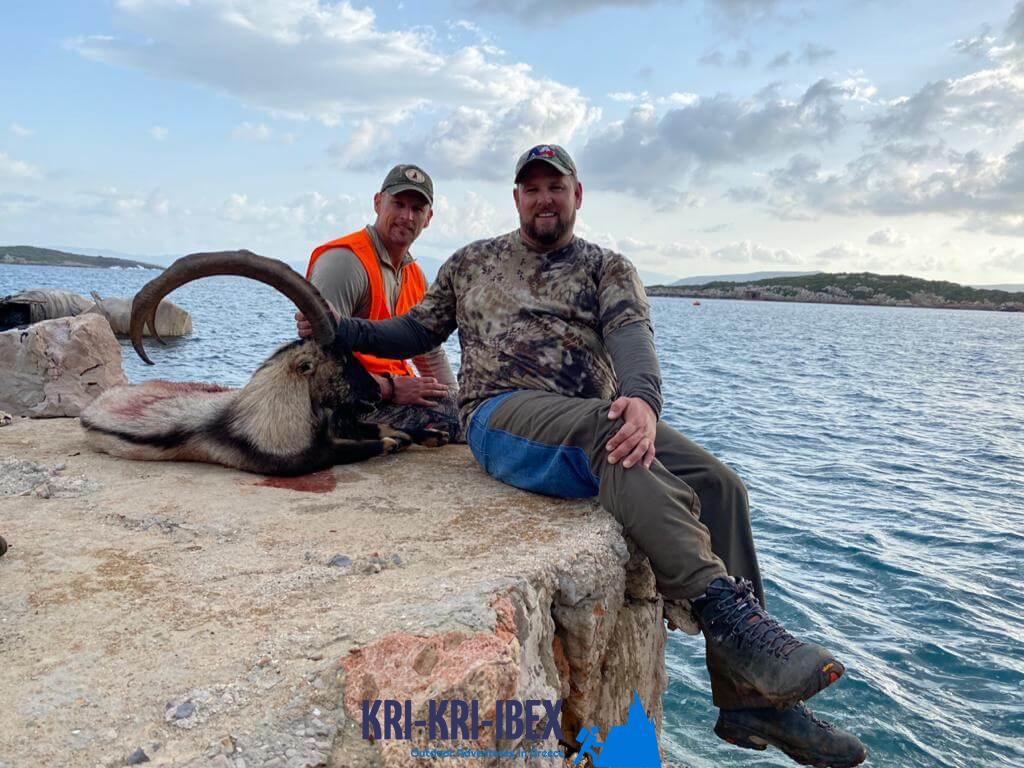Kri kri hunt for prize pets in Greece
Kri kri hunt for prize pets in Greece
Blog Article

To many people, The Peloponnese peninsula on the Greek Mainland is the 'genuine' Greece, where things have not transformed much in all over the centuries although that lots of people have found it. This is a location where you might quickly invest a month, however if you are short on time then our outdoor hunting, Fishing, complimentary diving and also visiting Peloponnese Tours from Methoni is a wonderful service.

The kri-kir is not thought to be aboriginal, probably having arrived on Crete during the time of Minoan people. Nevertheless it can only been located occasionally that makes this meat species an endemic for our little island in Greece Searching kri kri ibex in Greece is hard, whether you're a neighborhood hunter or a worldwide one. Searching large game in Greece is limited, so local seekers need to seek out wild boars or roe deer (Kri Kri ibex may only be hunted on particular secured islands). 2 islands, Atalanty and also Sapientza, are 300 kilometres and also 150 kilometres off the coast of Athens, respectively, where we supply the opportunity to quest this special creature. According to Greek law, the Kri Kri ibex and mouflon might only be fired on unique hunting locations from morning up until noontime. Only shotguns are allowed, and just slugs might be made use of. You must schedule a year in advance for these licenses, as just major hunters are permitted on these journeys. To make sure that only major seekers come on these hunts, the licenses are issued by the Greek Ministry of Nature and also Agriculture and also the federal government issues a specific variety of them yearly.
On our Peloponnese excursions, you'll reach experience all that this impressive region has to provide. We'll take you on a tour of some of the most stunning and historical websites in all of Greece, consisting of ancient damages, castles, and much more. You'll additionally get to experience a few of the conventional Greek culture direct by enjoying some of the scrumptious food as well as a glass of wine that the region is known for. As well as of course, no journey to Peloponnese would be total without a dip in the shimmering Mediterranean Sea! Whether you're a knowledgeable seeker looking for a new adventure or a novice tourist just seeking to check out Greece's magnificent landscape, our Peloponnese trips are ideal for you. So what are you waiting for? Book your trip today!
There is genuinely something for everyone in the Peloponnese peninsula. Whether you have an interest in background as well as culture or nature and outdoor activities, this is an excellent destination for your next vacation. If you are short on schedule, our hunting and also touring Peloponnese Tours from Methoni is an excellent way to see every little thing this awesome area needs to offer.And last but not least, your Kri Kri ibex prize is waiting on you.
What is the diference between Kri Kri ibex, Bezoar ibex and hybrid ibex
The kri-kri is not thought to be indigenous to Crete, most likely having been imported to the island during the time of the Minoan civilization. Nevertheless, it is found nowhere else and is therefore endemic to Crete. It was common throughout the Aegean but the peaks of the 8,000 ft (2,400 m) White Mountains of Western Crete are their last strongholds–particularly a series of almost vertical 3,000 ft (900 m) cliffs called ‘the Untrodden’—at the head of the Samaria Gorge. This mountain range, which hosts another 14 endemic animal species, is protected as a UNESCO Biosphere Reserve. In total, their range extends to the White Mountains, the Samaria National Forest and the islets of Dia, Thodorou, and Agii Pandes.
This Ibex is NOT a diminutive form of the Bezoar Ibex, which has migrated into the western-most reach of the range of this species. The kri – kri (Capra aegagrus cretica), sometimes called the Cretan goat, Agrimi, or Cretan Ibex, is a feral goat inhabiting the Eastern Mediterranean, previously considered a subspecies of wild goat. The kri-kri has a light brownish coat with a darker band around its neck. It has two horns that sweep back from the head. In the wild they are shy and avoid tourists, resting during the day. The animal can leap some distance or climb seemingly sheer cliffs.
“The agrimi goat Capra aegagrus cretica is unique to Crete and its offshore islands. It has been identi®ed as a sub-species of the wild bezoar goat Capra aegagrus aegagrus Erxleben, 1777, which it closely resembles in horn shape, body form and coloration. This classi®cation has been disputed by some researchers who claim that the agrimi are feral goats, derived from early domestic stock brought to the island by the ®rst Neolithic settlers. In order to clarify this issue, DNA analyses (cytochrome b and D loop sequences) were carried out on tissue of live and skeletonized agrimi and compared to sequences of wild and domestic caprines. Results conclusively show the agrimi to be a feral animal, that clades with domestic goats (Capra hircus) rather than with wild Asiatic bezoar. This study demonstrates that morphometric criteria do not necessarily re¯ect genetic af®nities, and that the taxonomic classi®cation of agrimi should be revised.”
Report this page